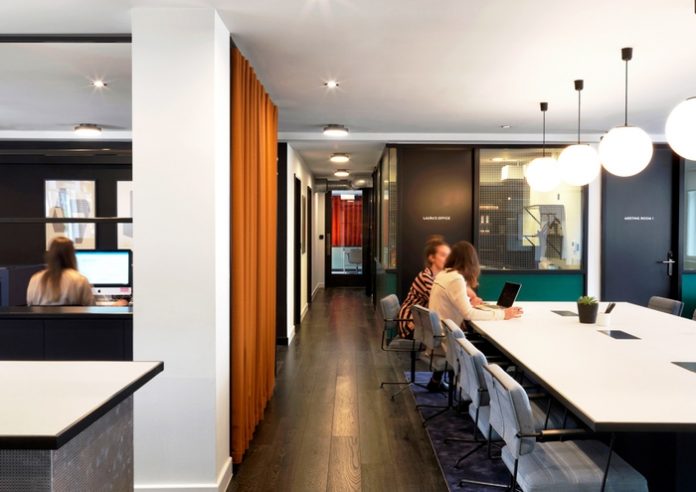Avison Young has this week released its global 2020 forecast, including ten trends to know for 2020. The forecast provides perspective on how global events, trends and indicators impact real estate in a variety of sectors, including capital markets, office, retail, build to rent, industrial and hospitality.
“Following a period of sustained political turmoil, 2020 marks a new era for the UK. Whilst our commercial real estate sector will feel the impact of global trends including low interest rates and climate change, the next 12 months present some valuable areas of growth that investors and developers in the sector should look to harness,” says Peter Constantine, Managing Director Avison Young in Cardiff.
Among the trends impacting real estate strategies and business identified by Avison Young are:
- Building resilience: Cities across the world are leading the charge in responding to climate change, to ensure economic, social and environmental sustainability.
- Let’s talk about flex: The future of flexible office spaces.
- Rebirth of retail: The re-invention of the retail sector into a technology-driven experiential offering.
- (Place)making an impact: Placemaking is becoming the focus of socially responsible investors looking for impact investment opportunities
- Wishing well: wellness is the new front in the war for talent, and buildings have a huge part to play in supporting companies’ efforts to look after their staff
- Heavy Lifting: Logistics is currently a labour intensive business and the sector is facing the twin challenges of staff shortages and a growing volume of e-commerce product returns.
“The political focus in the UK is quickly shifting to the debate over the country’s future trading arrangements with the EU, so we are still living with heightened uncertainty on both domestic and international fronts,” adds Peter.
“Occupiers and investors are faced with a complex pattern of shifting forces, with traditional cyclical concerns often outweighed by structural shifts related to the impact of technology, globalization and climate change. Through our research and sector knowledge we will work to help our partners understand the economic, geopolitical and business drivers, navigate the current market and prepare real estate strategies that have resilience for the future.”
He continues, “The report highlights global trends, many of which can be clearly seen in Cardiff and the Wales markets. From flexible office spaces being one of real estate’s hottest growth areas in 2020; to wellness in the workplace, and placemaking, at the heart of the new exciting developments we’re seeing rising up in the city.”
Cardiff has seen large-scale changes to the City Centre and Bay area over the past decade with substantial mixed-used developments such as Central Square and Capital Quarter changing the face of the city. Demolition work has commenced for the first phase of the Central Quay masterplan, which will encompass 1.5 million sq ft of office space, 1,000 homes, 50 bars and restaurants and a university campus. Larger developments are on the horizon including the 220,000 sq ft Ledger building in Central Quay and JR Smart’s development at John Street, as well as development in Central Square, substantially increasing supply.
When it comes to housing supply there are clear deliverability issues in Cardiff, with the annual land availability study revealing just 3.5 years’ worth of land for residential development, well below the five-year requirement. There are currently several major residential schemes underway across the city, although tighter planning legislation and rising build costs are likely to hamper deliverability. These new developments will be complemented by the second phase of the South Wales metro extension, due to be completed in 2023. This infrastructure will offer greater connectivity throughout the region as well as alleviate some of the congestion in the city.
“However, the region still has challenges to overcome with connectivity via the Bryn Glas tunnels if it is to maximise opportunities with investors who rely on road transport for their goods and services,” concludes Peter.


















